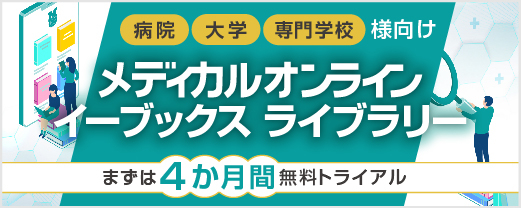| Abstract |
[Objective] NICU nurses grasp which expressions and behaviors from the infant families as "signs" requiring support, and to reveal why those signs grasp their attention. [Methods] Semi-structured interviews were conducted with nurses and midwives working in the NICU of a perinatal maternal and child medical center in Prefecture A, and the "signs" were qualitatively and descriptively analyzed. [Results] From the interviews with 11 participants, "concerning signs" were classified into two categories "attitude" encompassing behaviors, appearance, and facial expressions, and "language" including the words of mothers, fathers, and siblings. Under the category of "attitude: behaviors, appearance, and facial expressions," nine categories were extracted "unusual brightness," "forced smile," "rigid movements," "anxious expression," "shedding tears," "inability to approach the child," "mother's appearance and clothing," "refusal of support," and "selfish visitation." Under the category of "language: mothers, fathers, and siblings," seven categories were extracted "mother's self-denial," "anxiety regarding the child's condition and prognosis," "resistance towards accepting the child," "lack of realization of the child's existence," "family's anxiety," "mother's dissatisfaction," and "escaping from the current situation." [Conclusion] In the NICU, it is common to encounter expressions of anxiety, tears, inability to approach the child, frozen movements, and anxiety regarding the child's condition and prognosis. Furthermore, it is often heard from mothers words expressing resistance towards accepting the child and a lack of realization of the child's existence, as they are dissatisfied with the progress of delivery and hospitalization. However, the "unusual brightness," "forced smile," "mother's appearance and clothing," "refusal of support," "selfish visitation," and "escaping from the current situation" are signs that should be considered as they may hide underlying issues. "Family's anxiety" is a characteristic often observed in the NICU due to visitation restrictions during the COVID-19 pandemic. |


